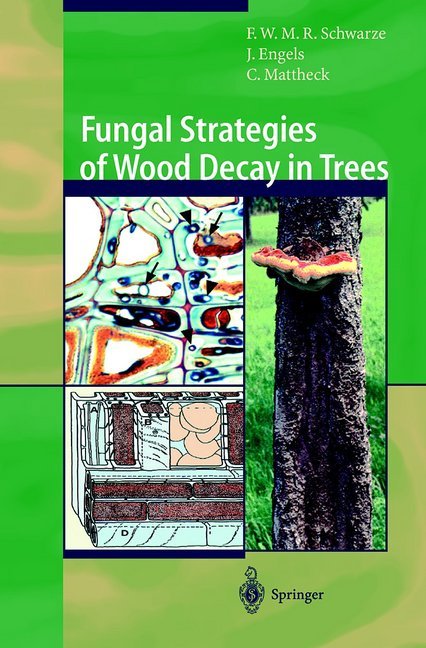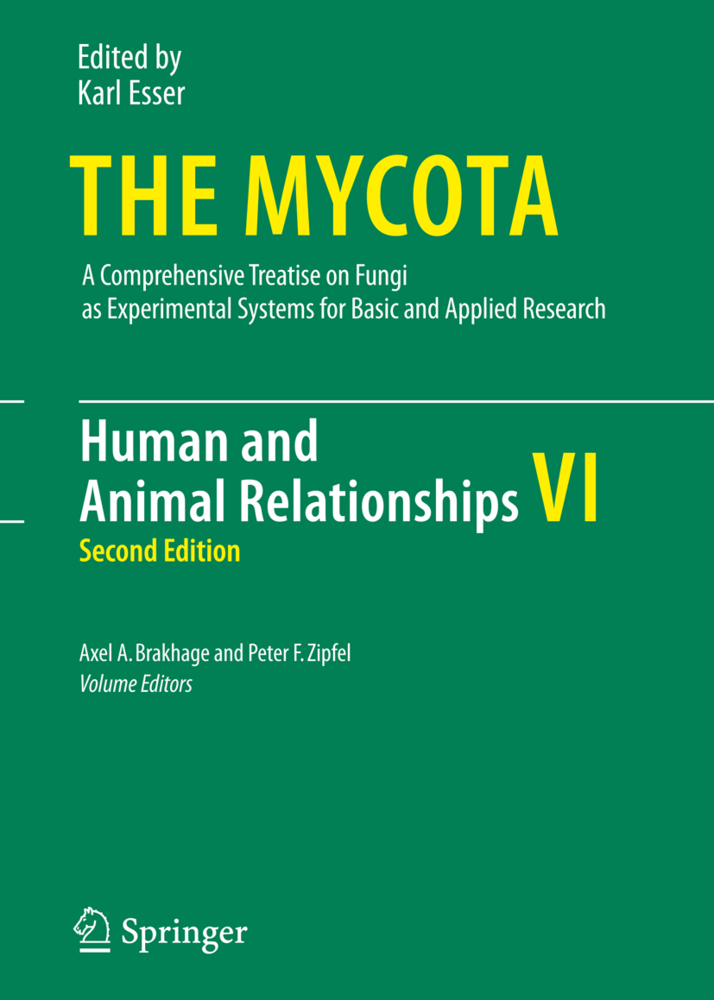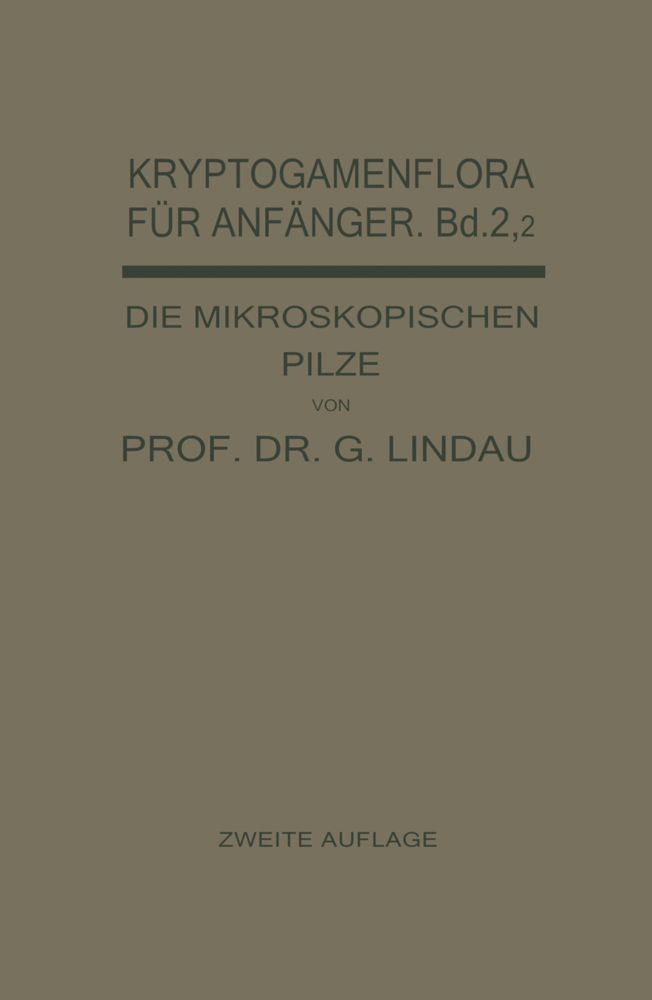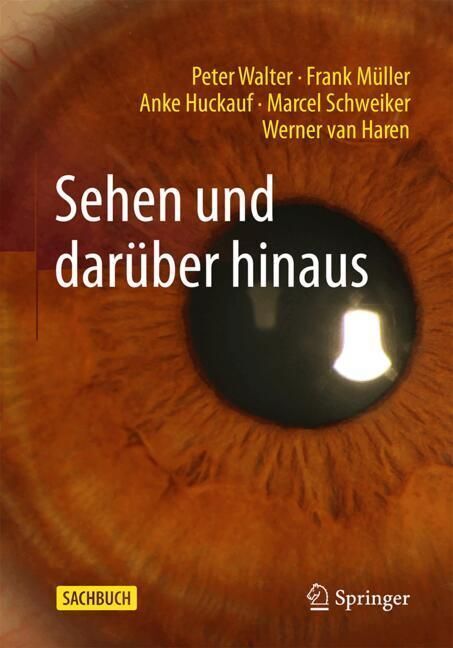Fungal Strategies of Wood Decay in Trees
Fungal Strategies of Wood Decay in Trees
Wood-destroying fungi play an important role in nature, because they are the only forms of life capable of reducing wood to its initial constituents. However, they can also be dangerous for people and property, as they can impair the stability and fracture-safety of trees.
This book gives detailed information, based on new and original scientfic findings, on the examination and effects of the most important species of fungi associated with failure of infected urban trees. In addition, new ways are presented for predicting the advance of decay in the living tree. The subject is illustrated and made easily accessible by numerous colored photos of fungus fruit bodies, defect symptoms, and macroscopic and microscopic pictures of wood decay. A detailed introduction to the fundamentals of wood pathology provides a way into the subjects of applied mycology and tree care for readers without previous special knowledge. Francis W.M.R. Schwarze, National Diploma of Arboriculture at Merrist Wood College, UK (1991), Master of Science in Pure, Applied Plant and Fungal Taxonomy, University of Reading, UK (1992), doctorate at Freiburg University (1995), since 1996 assistant at the Institute for Forest Botany and Tree Physiology at Freiburg University, concentrating on research into wood-destroying fungi and host-fungus interactions.
Julia Engels, Diploma Forester at Freiburg University (1995), doctorate on root fungi at Freiburg University (1998). Since 1998 active in tree care and mycology in Luxembourg.
Claus Mattheck, born 1947, doctorate in theoretical physics (1973), qualified as lecturer on damage studies at Karlsruhe University (1985), and now teaches there as Professor. Since 1991 he has been an officially appointed and attested expert on tree mechanics and fracture behaviour. Has been awarded numerous prizes for research and publication. Head of the Biomechanics Department at the Karlsruhe Research Centre.
Wood Anatomy
Mechanical Model for Wood
Types of Wood Decay
3 Examination, Importance and Mechanical Effects of Wood-Decay Fungi in the Living Trees
Fungus Identification
Fungus-Host Combinations
4 Host-Fungus Interactions: Development and Prognosis of Wood Decay in the Sapwood
The CODIT Model
Host Response Mechanisms in the Sapwood
Different Response Mechanisms in Heartwood and Sapwood
The Importance of Walls 1-3 from the Mycological Standpoint
Example of Strong Compartmentalization of Ustulina deusta in a Healthy Beech Tree
Examples of Weak Compartmentalization of Ustulina deusta in a Weakened Beech Tree
Ustulina deusta in Lime Trees
The Behavior of Strong and Weak Compartmentalizers in the Host-Fungus Interaction
Xylem Rays as the Tree's Achilles Heel in Host-Fungus Interactions
Cracks as' Motorways' for Fungi
The Importance of the Barrier Zone (Wall 4)
Postscript
References.
This book gives detailed information, based on new and original scientfic findings, on the examination and effects of the most important species of fungi associated with failure of infected urban trees. In addition, new ways are presented for predicting the advance of decay in the living tree. The subject is illustrated and made easily accessible by numerous colored photos of fungus fruit bodies, defect symptoms, and macroscopic and microscopic pictures of wood decay. A detailed introduction to the fundamentals of wood pathology provides a way into the subjects of applied mycology and tree care for readers without previous special knowledge. Francis W.M.R. Schwarze, National Diploma of Arboriculture at Merrist Wood College, UK (1991), Master of Science in Pure, Applied Plant and Fungal Taxonomy, University of Reading, UK (1992), doctorate at Freiburg University (1995), since 1996 assistant at the Institute for Forest Botany and Tree Physiology at Freiburg University, concentrating on research into wood-destroying fungi and host-fungus interactions.
Julia Engels, Diploma Forester at Freiburg University (1995), doctorate on root fungi at Freiburg University (1998). Since 1998 active in tree care and mycology in Luxembourg.
Claus Mattheck, born 1947, doctorate in theoretical physics (1973), qualified as lecturer on damage studies at Karlsruhe University (1985), and now teaches there as Professor. Since 1991 he has been an officially appointed and attested expert on tree mechanics and fracture behaviour. Has been awarded numerous prizes for research and publication. Head of the Biomechanics Department at the Karlsruhe Research Centre.
1 Introduction
2 Fundamental AspectsWood Anatomy
Mechanical Model for Wood
Types of Wood Decay
3 Examination, Importance and Mechanical Effects of Wood-Decay Fungi in the Living Trees
Fungus Identification
Fungus-Host Combinations
4 Host-Fungus Interactions: Development and Prognosis of Wood Decay in the Sapwood
The CODIT Model
Host Response Mechanisms in the Sapwood
Different Response Mechanisms in Heartwood and Sapwood
The Importance of Walls 1-3 from the Mycological Standpoint
Example of Strong Compartmentalization of Ustulina deusta in a Healthy Beech Tree
Examples of Weak Compartmentalization of Ustulina deusta in a Weakened Beech Tree
Ustulina deusta in Lime Trees
The Behavior of Strong and Weak Compartmentalizers in the Host-Fungus Interaction
Xylem Rays as the Tree's Achilles Heel in Host-Fungus Interactions
Cracks as' Motorways' for Fungi
The Importance of the Barrier Zone (Wall 4)
Postscript
References.
Schwarze, Francis W.M.R.
Engels, Julia
Mattheck, Claus
Linnard, W.
| ISBN | 978-3-642-63133-7 |
|---|---|
| Artikelnummer | 9783642631337 |
| Medientyp | Buch |
| Auflage | Softcover reprint of the original 1st ed. 2000 |
| Copyrightjahr | 2012 |
| Verlag | Springer, Berlin |
| Umfang | XV, 185 Seiten |
| Abbildungen | XV, 185 p. 65 illus., 35 illus. in color. |
| Sprache | Englisch |









